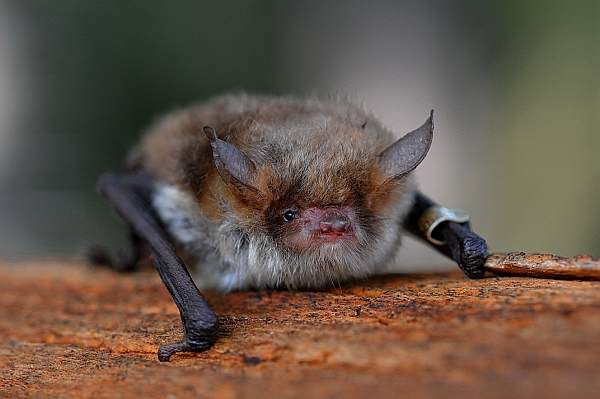Bats are characterized by low reproductive rates in contrast with most of other small mammals. This makes their populations vulnerable when inclement environmental conditions such as cold and rainy weather impair the reproductive success of females. The fine-scale effect of weather on bats, however, remains largely unknown. Using a sliding window analysis approach on an 18-year individualized dataset on six Natterer’s bat (Myotis nattereri) colonies, the effect of finescale weather conditions on age-specific reproductive success was investigated. It was found that increased precipitation during a short time window in spring strongly reduced the probability of successful reproduction of first-year females. The data suggest that this time window is concomitant with implantation or early pregnancy, before substantial investment into embryo development. In addition, larger first-year females had higher reproductive success, suggesting that reproduction may be condition dependent in young females. Reproductive success of older females was not affected by either weather or individual parameters. Our results show that changes in precipitation pattern may compromise the reproductive success of first-year females. Further studies are needed to better understand the impact of weather conditions on reproductive success in long-lived bats under climate change scenarios.

Original-Studie:
Stapelfeldt B., Scheuerlein A., Tress C., Koch R., Tress J., Kerth G. (2022):
Precipitation during two weeks in spring influences reproductive success of first-year females in the longlived Natterer’s bat. R. Soc. Open Sci. 9: 211881. https://doi.org/10.1098/rsos.211881
